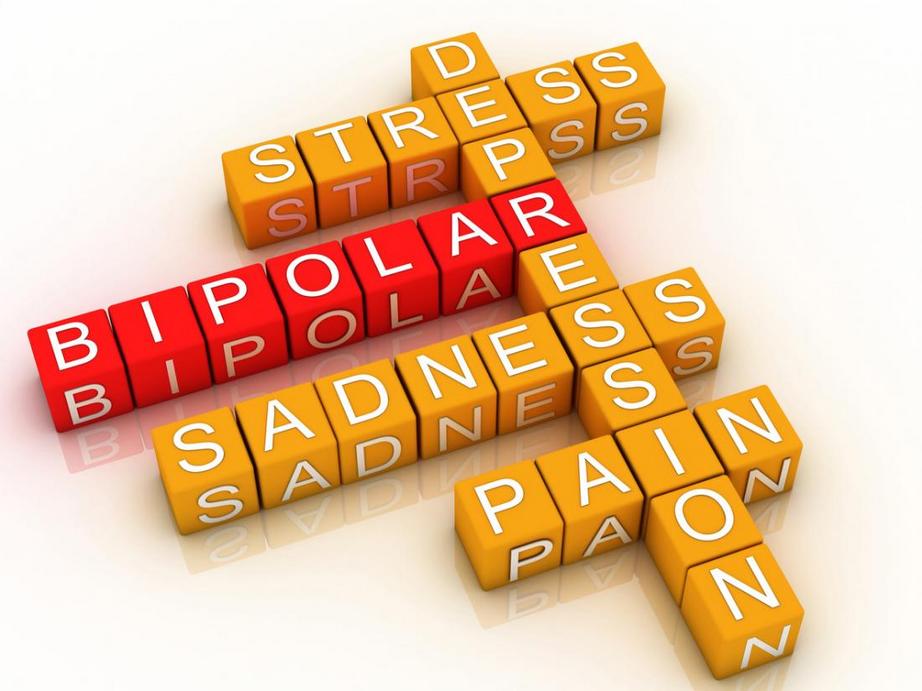Bipolar disorder: an introduction to this serious mental disorder
Story at-a-glance
- Extreme mood shifts that are accompanied by fluctuating energy levels are the hallmark symptoms of a serious mental illness known as bipolar disorder
- Keep in mind that bipolar disorder is a manageable illness. You can still live a happy and fulfilling life even if you’re diagnosed with it, as long as you follow the recommended treatment methods, therapy and healthy lifestyle habits
While it’s perfectly normal for a person to experience shifting feelings of happiness and loneliness every now and then, there are cases wherein these mood shifts become so extreme that they make day-to-day living difficult.
Extreme mood shifts that are accompanied by fluctuating energy levels are the hallmark symptoms of a serious mental illness known as bipolar disorder. If left untreated, bipolar disorder may have a significant impact on various aspects of life, including career, relationships and academic performance. In some cases, sufferers may even commit suicide. In order for you to better understand bipolar disorder, let’s first discuss the basics about mental health and mental illnesses.

A Brief Overview of Mental Health and Mental Illnesses
Mental health refers to your emotional, psychological and social well-being. It basically affects how you make choices, handle relationships, cope with stress and perform activities. There are many factors that may impair your mental health, including trauma, abuse, family history, genes and brain chemistry.1
Mental health problems are more common than you might expect. According to the American Psychiatric Association, 19 percent of U.S. adults are suffering from a form of mental illness, and 1 in 24 adults is diagnosed with a serious mental condition like bipolar disorder.2 There are also different forms of mental health problems. Bipolar disorder is categorized under mood or affective disorders, along with depressionand mania.3 Other categories of mental illnesses include:4
•Anxiety disorders, such as generalized anxiety and post-traumatic stress disorder (PTSD)
•Psychotic disorders like schizophrenia
•Personality disorders, such as obsessive-compulsive personality disorder (OCD) and antisocial personality disorder
•Impulse control and addiction disorders, such as kleptomania, drug addiction and compulsive gambling
•Eating disorders like anorexia, bulimia and binge eating disorder
These mental illnesses vary in severity. Some are so mild that they do not have any noticeable effects on the daily lives of sufferers, while others become so severe that immediate medical attention is required.5
The Prevalence of Bipolar Disorder: How Many Are Burdened With This Illness?
According to the World Health Organization (WHO), bipolar personality disorder is one of the leading causes of disability,6 affecting around 60 million people worldwide.7 The National Institute of Mental Health also reports approximately 4.4 percent of adults in the U.S experience bipolar disorder at some point in their lives, and 82.9 percent of these cases are considered severe.8
While bipolar disorder may affect anyone regardless of age, gender, race and social class, statistics show that it’s more common in women than men, with a ratio of approximately 3-to-2.9 The median age of onset is also 25 years old, although it may occur later in life or during early childhood.10
Despite the prevalence of bipolar disorder, there are still numerous misconceptions and stigma surrounding this mental health problem, making it harder for sufferers to manage their condition successfully.11
Browse These Pages for Useful Information About Bipolar Disorder
If you or a loved one has been experiencing extreme mood shifts that are akin to the symptoms of bipolar disorder, it’s important to consult a doctor or a licensed mental health professional right away for proper diagnosis and treatment. Keep in mind that bipolar disorder is a manageable illness. You can still live a happy and fulfilling life even if you’re diagnosed with it, as long as you follow the recommended treatment methods, therapy and healthy lifestyle habits.
Adequate knowledge about this condition may also help you cope with it more easily and come up with effective ways to take control of your mood swings — or to help someone you know who has been diagnosed with bipolar disorder. Browse these Bipolar Disorder pages to learn more about what causes it, the common symptoms that you may encounter and the possible treatment methods that you can follow.
For the rest of this article please go to source link below.
For full references please use source link below.

